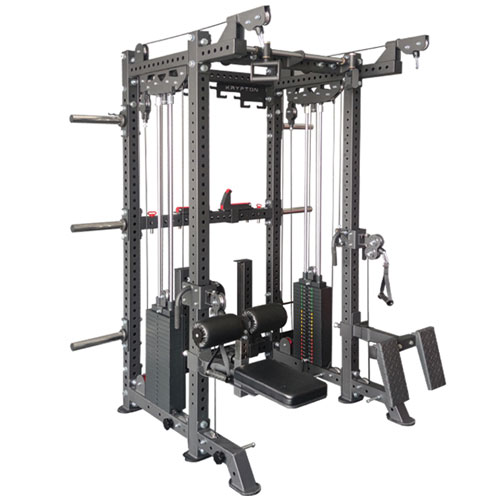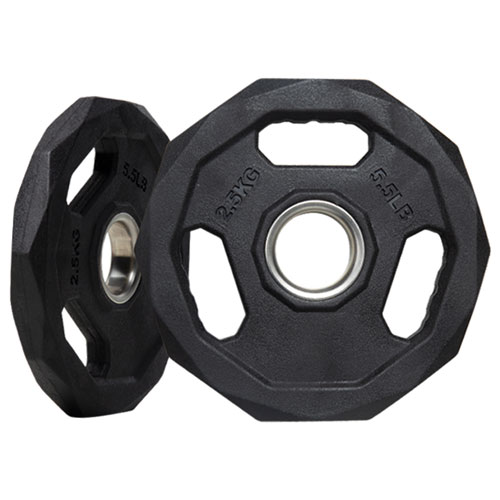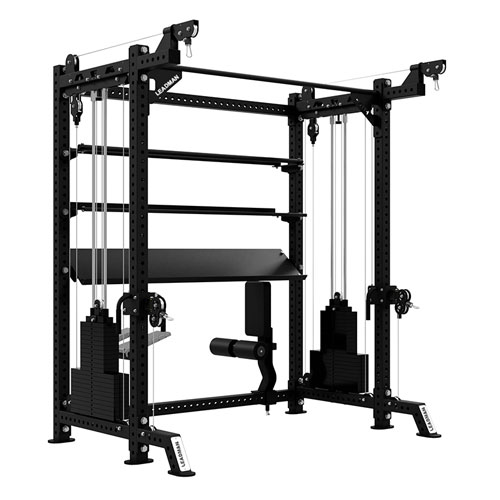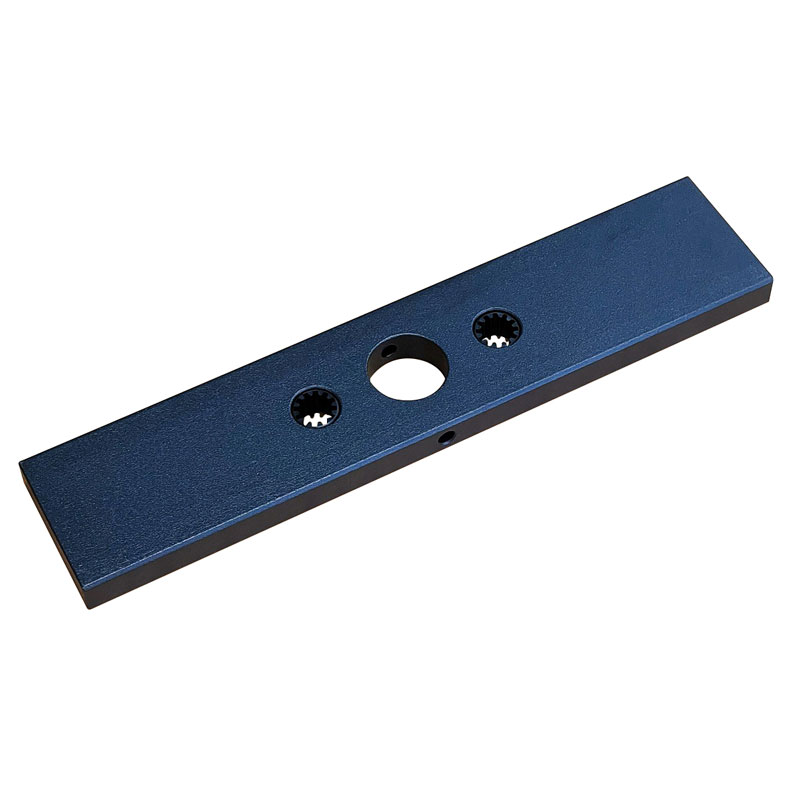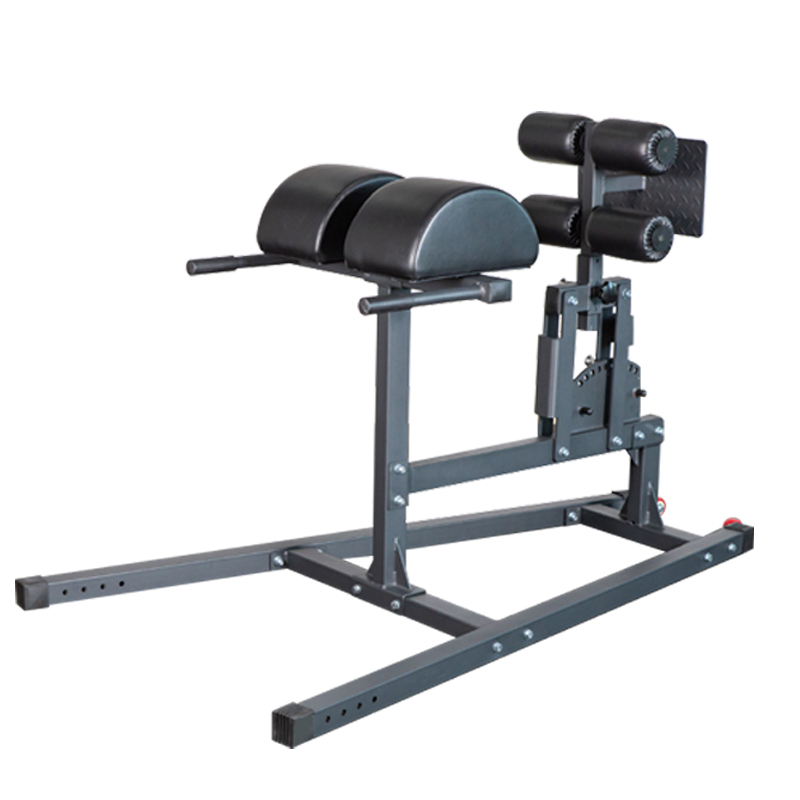Where Do Gyms Buy Their Equipment
Selecting the right gym equipment is crucial for the success of your fitness facility. It not only affects the quality of workouts offered but also impacts member satisfaction and retention. This guide provides comprehensive tips on how to choose gym equipment effectively, ensuring you make informed decisions that align with your business goals and enhance the member experience.
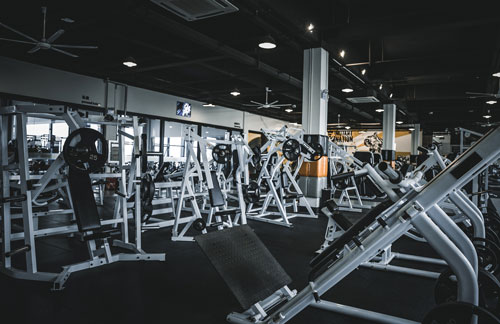
Understanding Your Gym's Needs
Before diving into the procurement process, it’s essential to assess your gym’s specific needs. Consider the following factors:
- Target Audience: Identify your primary demographic (e.g., serious athletes, casual gym-goers, seniors) and their fitness preferences.
- Available Space: Measure your floor area to determine what equipment can fit comfortably while allowing for safe movement.
- Budget Constraints: Establish a clear budget to guide your decisions without overstretching your financial resources.
Evaluating Equipment Types
Different types of gym equipment serve various purposes. Consider the following categories:
- Cardio Machines: Equipment like treadmills, ellipticals, and stationary bikes engage cardio fitness and are popular among members.
- Strength Training Equipment: Look into machines and free weights that target various muscle groups to cater to strength training enthusiasts.
- Functional Training Tools: Consider versatile options such as kettlebells, resistance bands, and medicine balls that can be used for a variety of workouts.
Where to Source Gym Equipment
After identifying the types of equipment you need, it’s time to consider where to source them. Here are the most common options:
- Direct from Manufacturers: Purchasing directly can provide better deals and access to the latest equipment innovations but may involve higher minimum orders.
- Distributors: Distributors offer a wide range of brands and often provide additional services like delivery and installation.
- Second-hand Equipment Retailers: Buying used equipment can save costs. Ensure you verify the quality and condition of the items before purchase.
- Online Marketplaces: Websites like eBay or Amazon can have competitive prices, but research the seller reliability to avoid scams.
Procurement Tips for Gym Equipment
- Define Your Equipment Requirements: Based on your needs assessment, create a detailed list of required equipment with specifications.
- Conduct Thorough Research: Research different suppliers, read reviews, and compare pricing. Look into warranties and after-sales services.
- Negotiate Pricing: Don’t hesitate to negotiate on price, especially if you are purchasing multiple items. Suppliers may offer discounts or better financing options.
- Request Demos: If possible, arrange for demonstrations of equipment to assess usability and quality before making a purchase.
- Consider Membership Feedback: Engage with current and potential members to understand their preferences and incorporate their feedback into your equipment choices.
Implementation and Staff Training
Once your equipment is procured, focus on implementation and training:
- Professional Installation: Ensure all equipment is installed correctly and safely to provide members with an optimal workout experience.
- Staff Training: Provide comprehensive training for staff on equipment usage, maintenance, and safety protocols to ensure a knowledgeable team ready to assist members.
- Member Orientation: Create sessions for new members to familiarize them with equipment and promote safe practices to maximize their workout experience.
Conclusion
Choosing the right gym equipment requires careful consideration and planning. By assessing your gym’s needs, evaluating different types of equipment, sourcing from reliable suppliers, and implementing effective training, you can create a well-equipped facility that attracts and retains members. Remember, the right equipment not only enhances the workout experience but also contributes to the long-term success of your gym.

